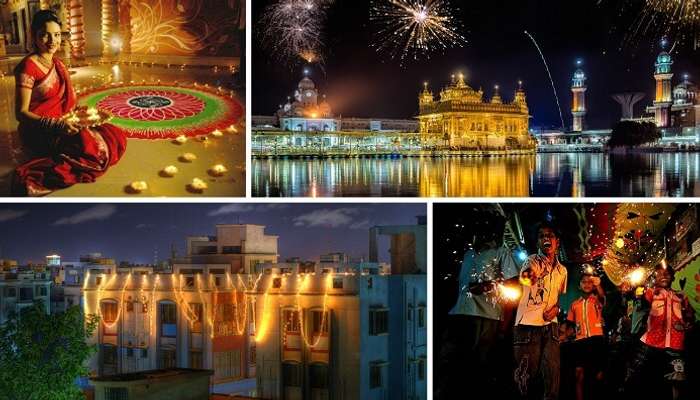Kali puja&Diwali
![The A-Z Guide to Kali Mantra [+10 Popular Kali Mantras to Chant]](https://i.pinimg.com/236x/2a/8a/d3/2a8ad32706be88021ea09bd3774553e2.jpg)
Kali (Sanskrit: काली, also known as Kālikā (Sanskrit: कालिका) or Shyāmā (Sanskrit: श्यामा), is a Hindu goddess. Kali is the chief of the Mahavidyas, a group of ten Tantric goddesses.
Kali's earliest appearance is that of a destroyer of evil forces. She is the most powerful form of Shakti, and the goddess of one of the four subcategories of the Kulamārga, a category of Tantric Saivism. Over time, Kali has been worshipped by devotional movements and tantric sects variously as the Divine Mother, Mother of the Universe, Adi Shakti, or Adi Parashakti. Shakta Hindu and Tantric sects additionally worship her as the ultimate reality or Brahman.She is also seen as the divine protector and the one who bestows moksha, or liberation.Kali is often portrayed standing or dancing on her consort, the Hindu god Shiva, who lies calm and prostrate beneath her. Kali is worshipped by Hindus throughout India and Nepal.
👉History Of Kali Puja &Diwali
 The autumn festival, or Sharodotsab, ends with Kali Puja and Diwali centring around worship of Mother Goddess Kali and Lakshmi. Durga is the goddess of protection and progression; Kali is the goddess of destruction, the other side of the cycle of creation concerning cosmic law of constant transformation.
The autumn festival, or Sharodotsab, ends with Kali Puja and Diwali centring around worship of Mother Goddess Kali and Lakshmi. Durga is the goddess of protection and progression; Kali is the goddess of destruction, the other side of the cycle of creation concerning cosmic law of constant transformation.
Kali is the first of 10 incarnations of Durga. Depicted with a fierce face, Kali is regarded as a more aggressive form of Durga. Kali is believed to destroy evil and egoism and fights for justice. Kali was born from Durga’s forehead to save heaven and earth from cruel demons.
Being the cosmic energy and element behind creation, Kali took no colour and remained black. She remained naked but on finding cosmic consciousness, existence and bliss embodied and lying behind creation in the form of Shiva, she stuck out her tongue, remembering that even omnipotence is just an essential property of the ultimate Absolute. Kali Puja is celebrated on amavasya, no moon night, coinciding with Diwali, the festival of light. Diwali signifies inner and outer illumination. In north India, it marks the day of the return of Rama after defeating Ravana, a symbol of evil.
It is also associated with Goddess Lakshmi as she emerged from the sea — according to the mythical tale of the ‘samudra manthan’, meaning ‘churning of the ocean’. The celebration commemorates Rama’s final return home from exile and welcome with a glittering row of lights radiating from every household. It also coincides with the Pandavas’ return from the forest.
subscribe:https://bengaliengineers.blogspot.com/


No comments:
Post a Comment
Thank You for Comment.